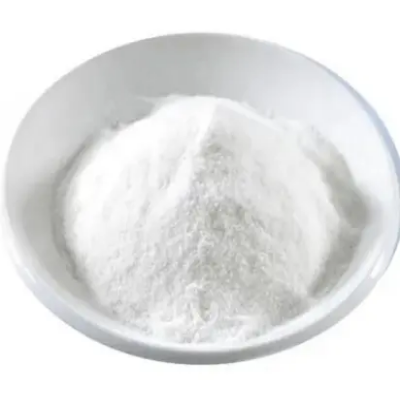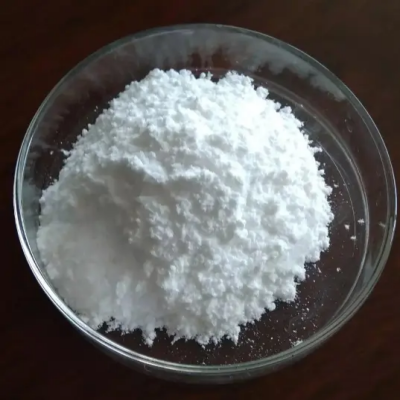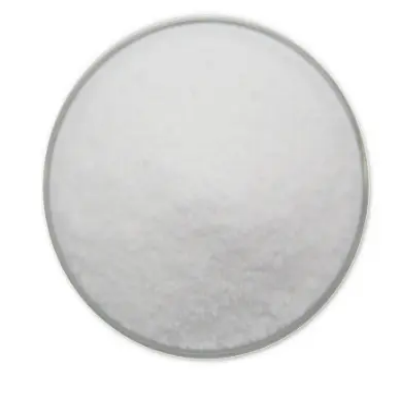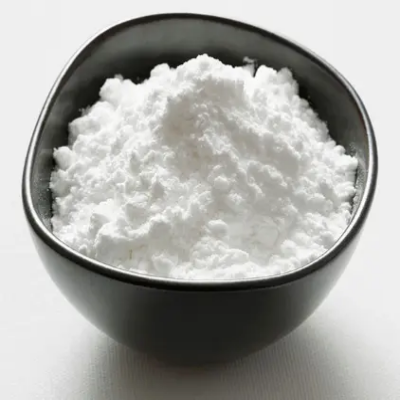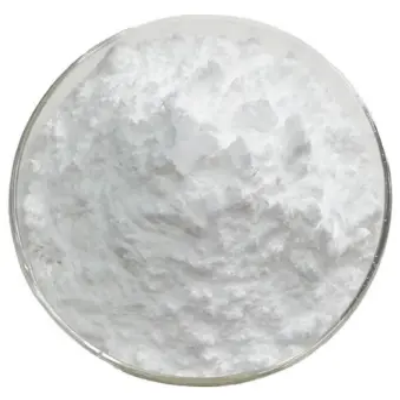Barbituric acid CAS:67-52-7
Barbituric acid serves as a crucial intermediate in the synthesis of barbiturate medications. These drugs have been historically used for their sedative, hypnotic, and anticonvulsant properties. They act on the central nervous system to induce sleep, reduce anxiety, and control seizures. Barbiturates were once widely prescribed for medical purposes, but their use has declined due to the development of safer alternatives with fewer side effects. In addition to pharmaceutical applications, barbituric acid is utilized in the synthesis of various dyes and pigments. Its chemical structure allows for the formation of diverse derivatives that possess colorant properties. These derivatives are employed in the manufacturing of dyes for textiles, paper, and other materials, as well as in the production of pigments for paints, inks, and plastics. Furthermore, barbituric acid has found application in organic chemistry research and education as a fundamental compound for studying reaction mechanisms, molecular rearrangements, and the synthesis of heterocyclic compounds. Its versatile nature and reactivity make it a valuable tool for the development of new chemical processes and understanding molecular transformations. Overall, barbituric acid plays a significant role in pharmaceutical synthesis, dye manufacturing, and chemical research. Its versatility as a building block for drug development and its contribution to the production of colorants highlight the importance of this compound in various industrial and scientific fields.



| Composition | C4H4N2O3 |
| Assay | 99% |
| Appearance | white powder |
| CAS No. | 67-52-7 |
| Packing | Small and bulk |
| Shelf Life | 2 years |
| Storage | Store in cool and dry area |
| Certification | ISO. |


